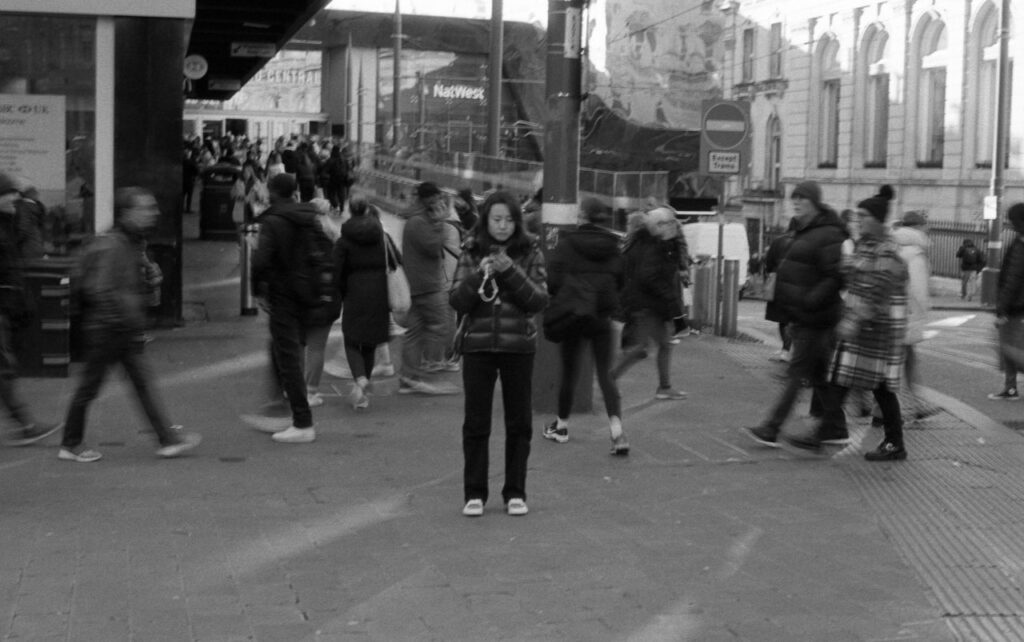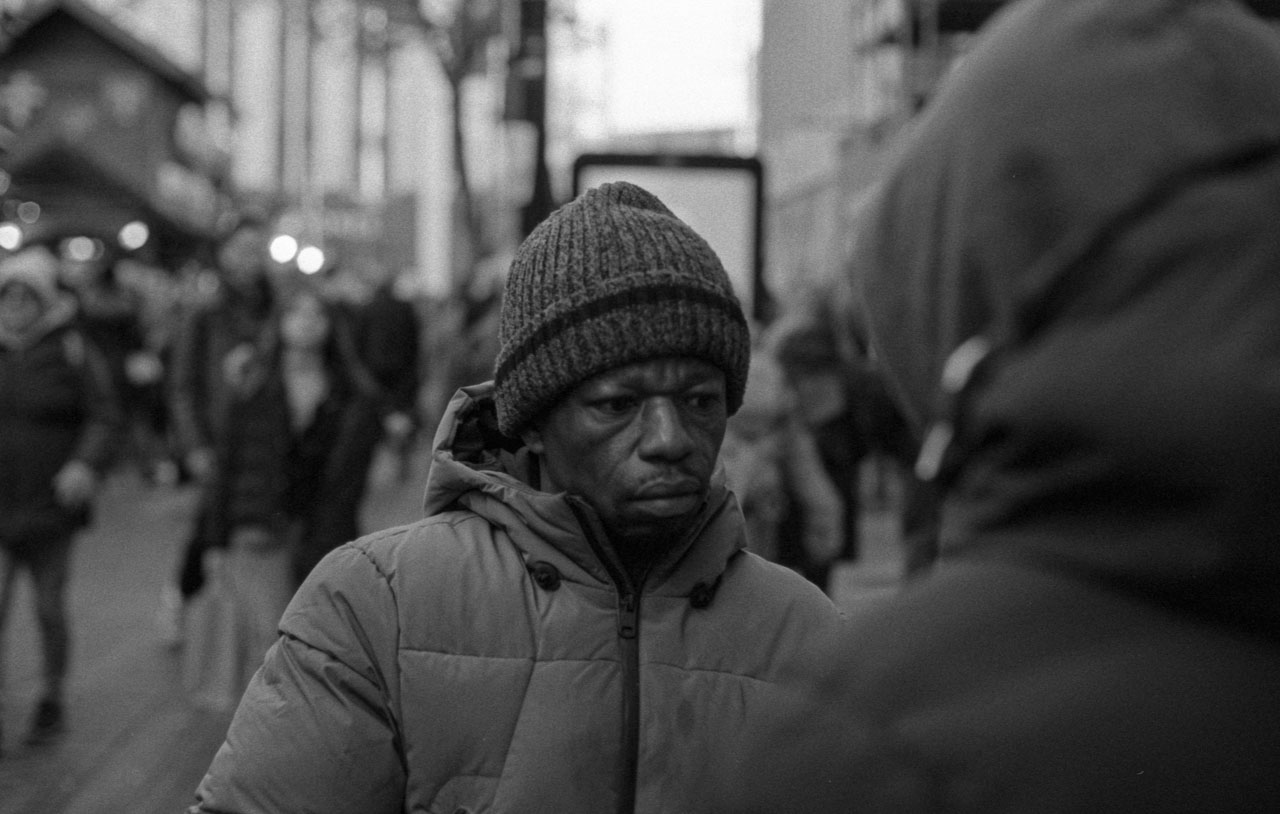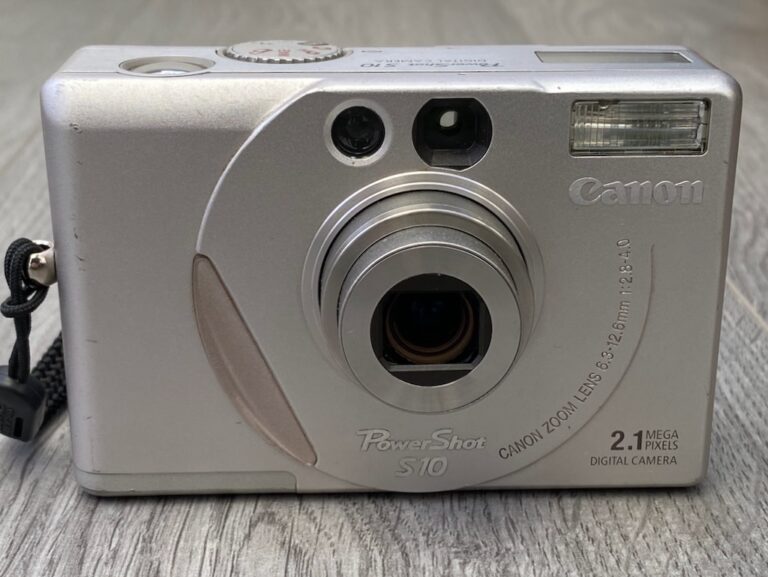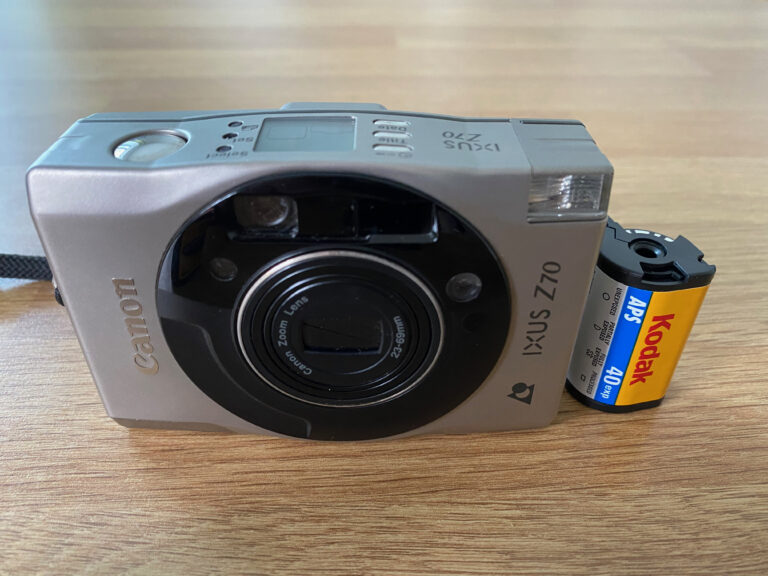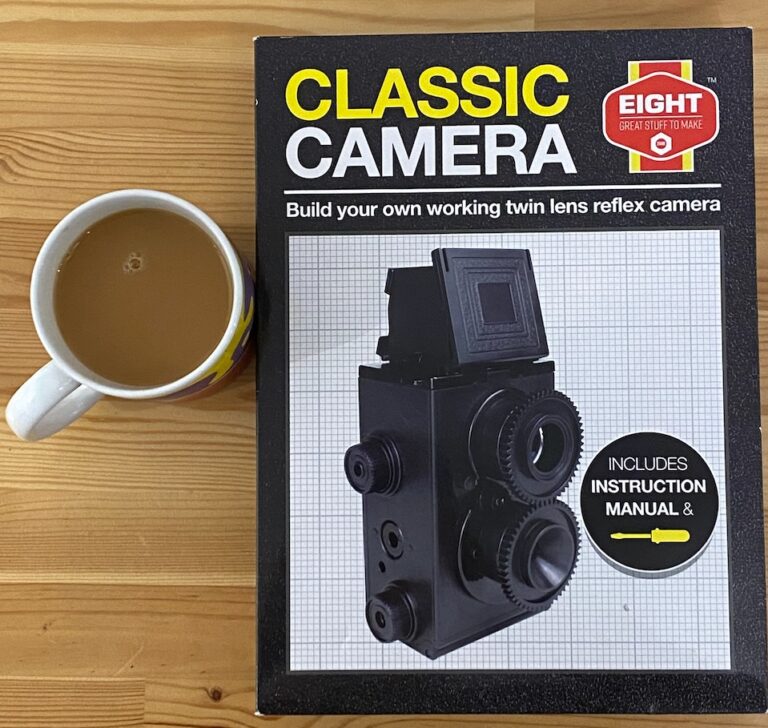In 1992, Canon released the EOS 5 to great critical reception. Without doubt, the EOS 5 came packed with features that consumers wanted from a high end SLR and it sold in vast quantities. Professionals who had invested in the EOS 1 saw it as a viable and reliable second body, furthermore enthusiasts with deep pockets finally had something to desire and aspire to.
The EOS 5 had serious longevity and maintained its place as a “serious camera for serious people selling for serious money” for six full years before the release of the incredible EOS 3. Even then, camera magazines at the time were still happy to recommend it as the then “budget” alternative for those whom the EOS 3 was out of reach. Indeed, adverts in those magazines show that the initial reductions in price for the EOS 5 weren’t exactly generous.
As a key model in the Canon lineup for many years, it is responsible for some stunning images in the hands of capable photographers who paid the bills and then some with this camera. No doubt there is a lot of positive nostalgia for this camera and rightly so, but where does it fit in to the film photography landscape today? Is it still a good choice and what else is available for similar money?
I set out to find out, but this being me, I did it by buying the most knackered copy I could find…
In this post:
- EOS 5 for £5, what could possibly go wrong?
- A camera for the semi-professional
- Time has not been kind
- Conclusion and learning
EOS 5 for £5, what could possibly go wrong?
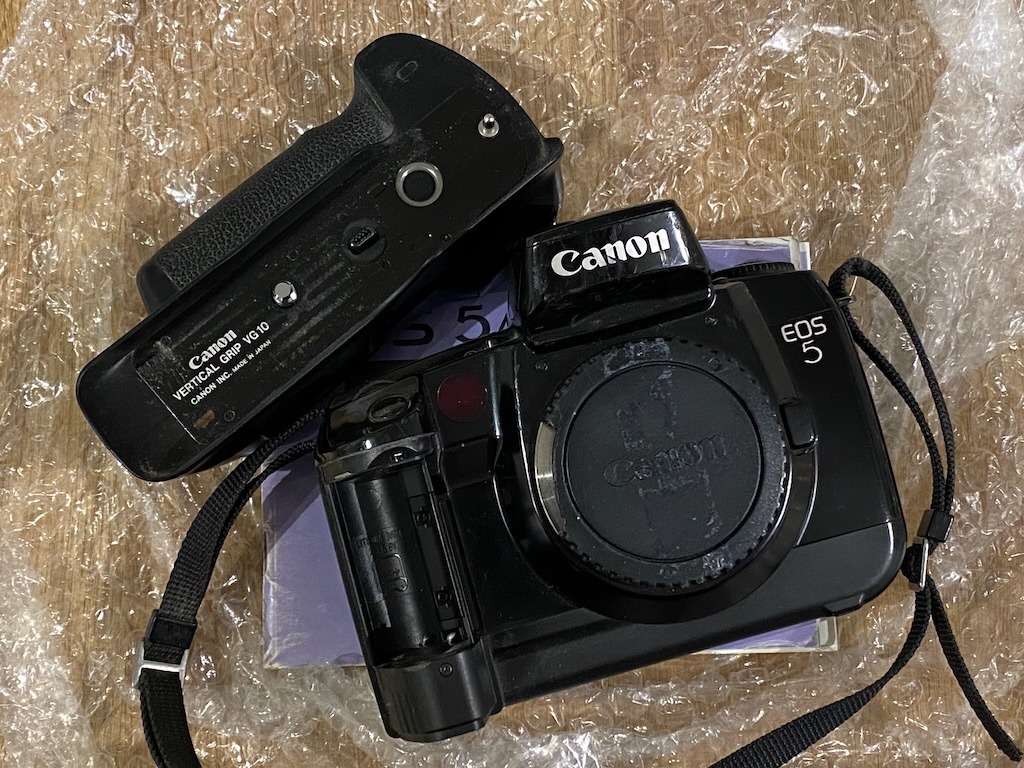
As with all of these stories, it starts with a search on the worlds favourite tat disposal service, eBay. Prices for the EOS 5 are not outrageous by any means, they are regularly selling for £30 or less and often come with a lens thrown in. For that kind of money they’re not bad value at all, although there is always one person who seems to be willing to pay literally any amount for anything and one recently sold for £80. I cannot for the life of me think why, but credit to the seller who clearly gambled and won.
In my case, I filtered by cheapest and picked one that had “been in a cupboard for years” and was “untested – for spares or repair.” We’ve been around long enough to know what that means, so I paid all of £5 as a “reasonable gamble” and waited for the delivery. What turned up at first didn’t look all that healthy, the grip had turned into the usual adhesive black mess but more of concern were the obvious signs of corrosion inside the battery grip and the absolute filth inside the mirror box.
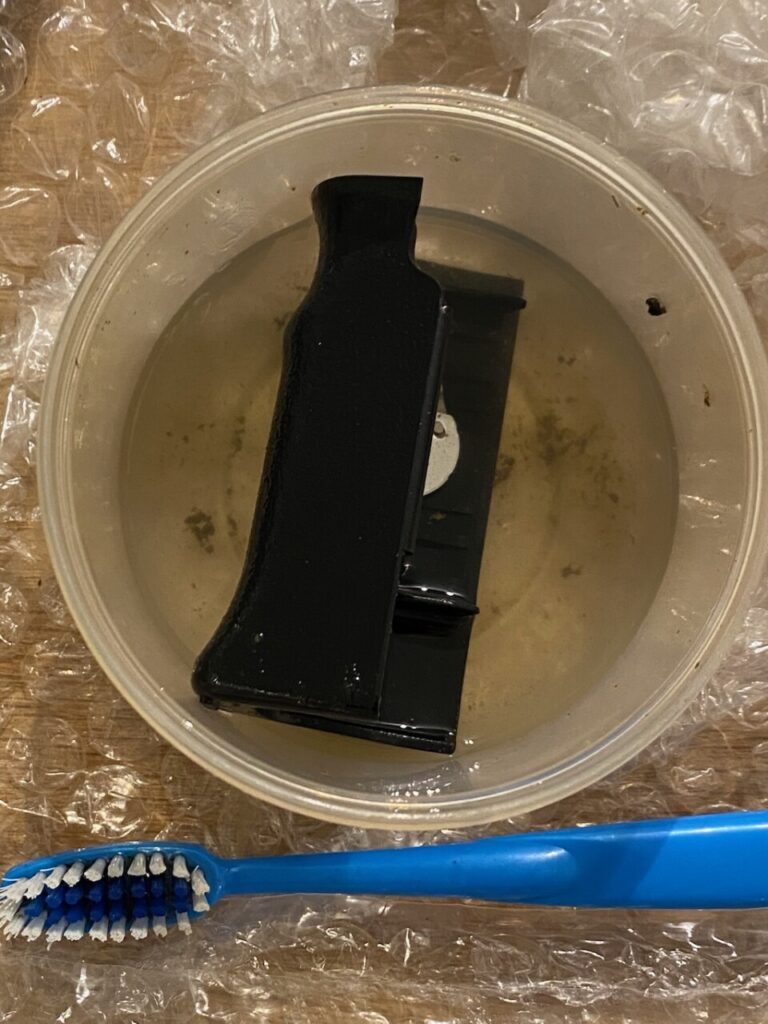
The gunk covering this camera was really quite disgusting. It looked as if it had been prized from someones dead, decaying hands with bits of detritus all over the shop that took some serious work with an alcohol bath and a toothbrush to clean up.
Fortunately, the battery compartment corrosion was minor and cleaned up with a vinegar wash to neutralise it, followed by some alcohol to clean up the remains. I carefully blew out the mirror assembly and wiped off both sides of the mirror to remove the beginnings of some mould and fungus before sticking a battery in and crossing my fingers.
The first thing I noticed was just how stiff the power switch / mode dial was. I put this down to the condition of the camera but later learned that the mode dial was always a problem on the EOS 5 and the cause of many a return and repair. I’m not sure why they made it quite so stiff, but I’ve not come across another Canon body like it before or since so you’d think they learned their lesson.
Miraculously, it powered on and still worked. Result!
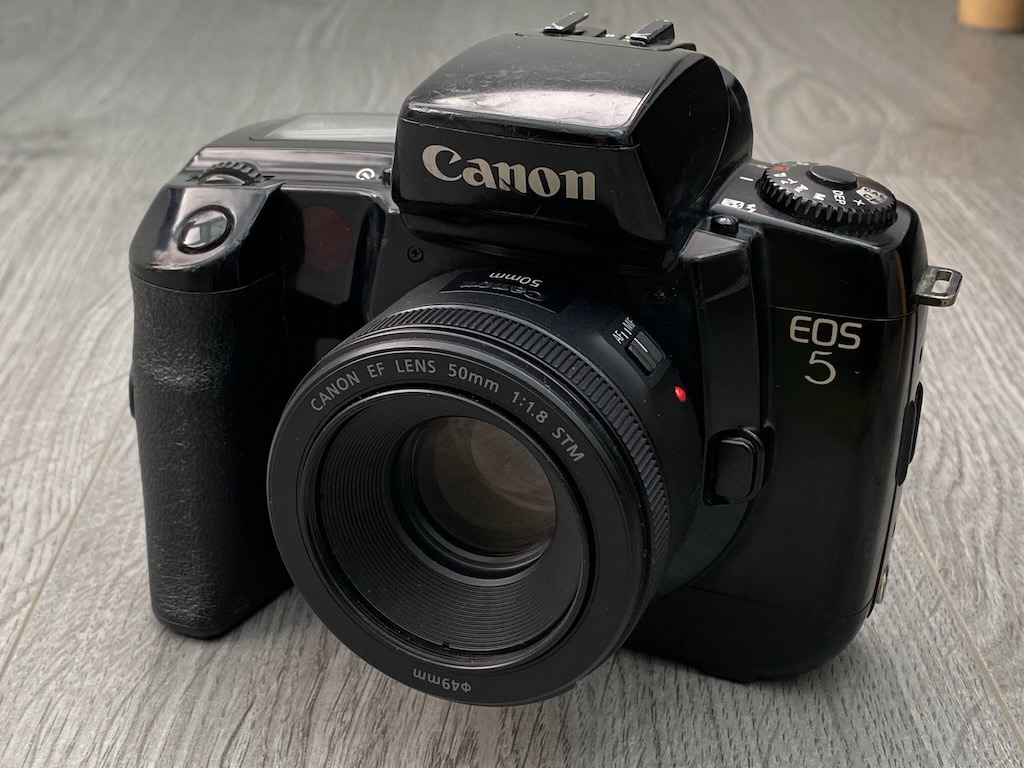
A camera for the semi-professional
The EOS 5 confuses me greatly in terms of design and some of the choices Canon made. Canon had made huge strides in ergonomic design with the seminal T90 and had carried nearly all of the learning and design language over to the EOS 1 that had been released a few years earlier than the EOS 5. The EOS 1 subtly improved on the T90 in nearly every way, but still paid close attention to how it fitted in your hand, the weight, balance and placement of controls all carefully thought out.
I cannot understand, then, why they decided that the EOS 5 would not follow along the same lines and completely changed the design of key areas like the grip. Whilst not devastatingly bad in any way, the EOS 5 has a spindly thin grip for no apparent reason, which just doesn’t feel nor slip into the hand as nicely as the EOS 1. The mode dial we have already mentioned, is awful, and the prism box / built in flash… what were they thinking? It really has a look of “yeah, just stick a cube on top, it’ll be ok.”
The built in flash is an interesting choice. Even well into the days of digital, Canon took flak for not putting flashes on models like the 5D and the same was said when the 1D was launched. Honestly, though, how often were these things ever used? The same reviewers that would lament the loss of built in flash would then go on to review cameras that did have one, only to conclude that they were average at best. Anyone paying EOS 1 or 5 money for their camera was not about to start springing up the built in flash and firing off rolls of fill flash shots. They absolutely went out and bought a dedicated unit, for good reason.
Reviewers loved that the EOS 5 came with a flash. I can only think it made the EOS 5 look like one of the ugliest cameras ever released by Canon. I’m well aware that looks don’t matter one single bit in a machine that captures images, but sometimes… It’s just nice to have something that looks the part. It’s like buying a Mac or a PC, they do pretty much the same thing but one undeniably looks nicer than the other.
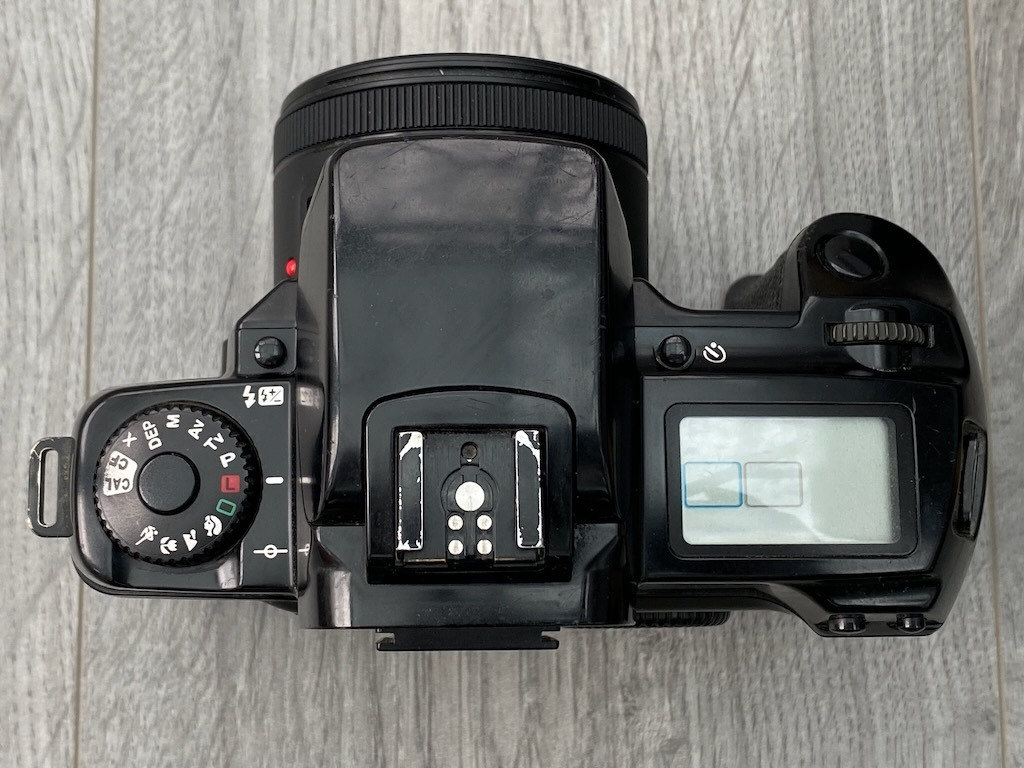
One feature I really do love on the EOS 5 is the silent film advance. You’d think this is a total gimmick, but the difference it makes is genuinely noticeable and it’s a really pleasant surprise when you click the shutter and everything just whirrs gently along. It’s a very refined feature that I’m sure attracted itself to people like wedding photographers who needed to blend in to the background at certain moments, rather than announcing their presence with a 6fps paparazzi machine gun burst of their EOS 1 shutter.
Other than this, there’s little new or of note on the EOS 5 compared to most other bodies of the time. It does come with five auto focus points, which was quite a lot back in 1992 and certainly filled more of the visible frame than the usual three you’d get (including on the more expensive EOS 1). Having said that, though, those five auto focus points are… not the best.
Time has not been kind

Allow me to state the obvious. In 1992, this camera was very, very good. Few people would’ve had any real complaints about the performance and, as previously mentioned, the seriously refined manner in which it goes about munching through a roll of film. However, we’re now thirty years and then some down the line with an embarrassment of riches when it comes to film cameras to choose from and this changes things. I’d guess the analogy is that a Ferrari from 1970, once top of its class, is not suddenly a bad car – but driving it you’d know there were absolutely better, more refined, more forgiving cars you could drive in modern times.
I enjoyed using the EOS 5 at first, until I started trying to take my usual approach to street photography, then the cracks started to show. I’ve been spoiled recently as I’ve spent a long time shooting digital again and there is no escaping the fact that even the ancient 5D Mark I that is my go to camera of choice has a better AF system than most film cameras could ever have dreamed of.
When it comes to AF in film cameras there’s a weird irony where the last models that Canon made in the 300X and 300V have some of the most capable focus systems I’ve ever used in a film camera and I’d argue they are better than the EOS 1n in terms of being seemingly able to grab something to focus on in quick fire situations. These were not expensive cameras and certainly not aimed at professionals, but by the time they launched the digital revolution was well under way and the manufacturing process was so sorted that Canon could afford to just pack bodies with features and still meet the price point they wanted.
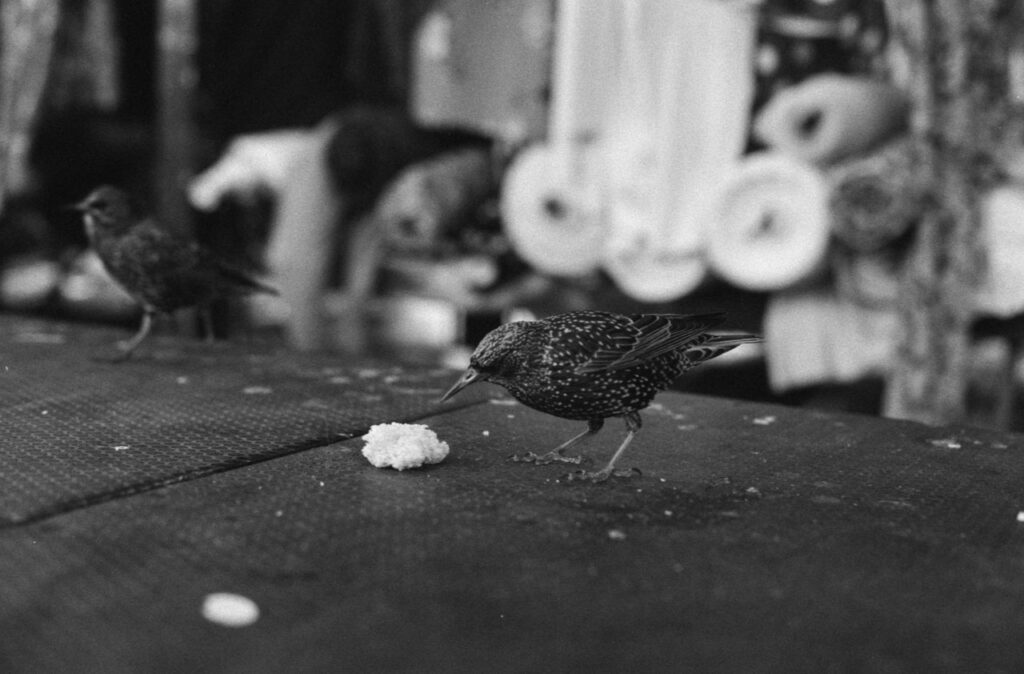
The EOS 5 had an infuriating habit of hunting for focus when I needed it the most. I lost many shots and others turned out softer than I’d like purely because the AF couldn’t be relied on to either keep up or behave in a predictable manner. After a few hunting moments I decided to shoot a couple of more sedate scenes like the birds in the picture above. Even then, this was one of only three frames in a sequence that came out with half decent focus.
Fundamentally, if you’re going to use a film camera you have two main choices – AF or manual. Personally, most of the joy of film comes from “the process” so I prefer manual focus, manual advance bodies when I really want to enjoy myself. If I’m going to shoot with auto focus then I really do want the performance to go with it, otherwise… what’s the point? You’re trading off the loss of manual controls for the convenience of AF, but if that doesn’t work then it doesn’t make sense to me.
Consequentially, in modern times the EOS 5 is no longer the top of the range titan it once was. It is, as all film cameras with a decent lens are, a tool capable of creating stunning images but it is no longer a compelling choice nor a camera to actively seek out. It doesn’t have any compelling features that make it stand out from a very crowded market full of similar bodies at rock bottom prices. These days, however, those that do stand out like some of the more obscure Minolta Dynax cameras are now going for huge sums of money for precisely the reason that they do indeed offer something novel and different.
Conclusion and learning
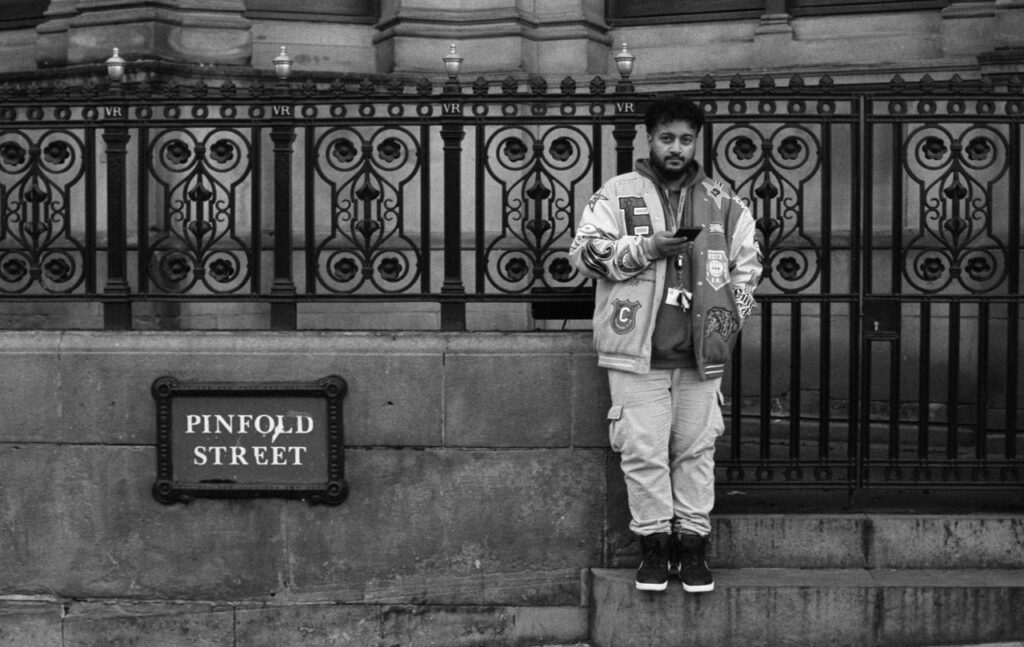
If you found an EOS 5 for next to nothing and you wanted to dabble in film photography – should you buy it?
Really? No. Not today.
For the £20-30 you’d pay, you can pick up mint copies of the EOS 500n, 300v and 50. All of those cameras are superior in different ways. Whilst the 50 doesn’t have auto focus to write home about, it has better ergonomics, a nicer design and arguably a more well thought out set of controls. The 500n and 300v both have excellent autofocus performance and give you a really quite fantastic experience in a super compact body. Copies of the 500n are so cheap now as to be next to worthless, yet they’re brilliant little SLR’s – I managed to buy one that had been dropped, battered and was held together with duct tape and it still worked well enough to use.
Since shooting a few rolls of film through my copy and writing this review it’s gone off to a new home where I hope the new user gets more out of it than I did – in different shooting environments I can imagine it’d do pretty well, but a camera for the streets this is not.
